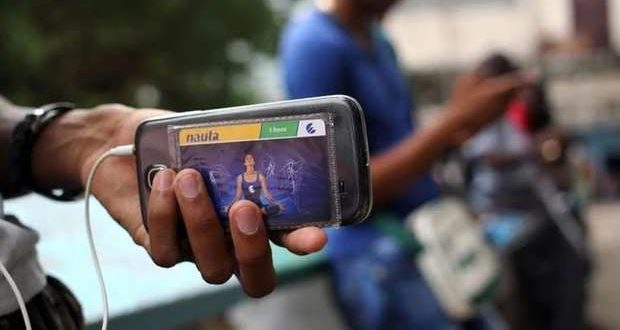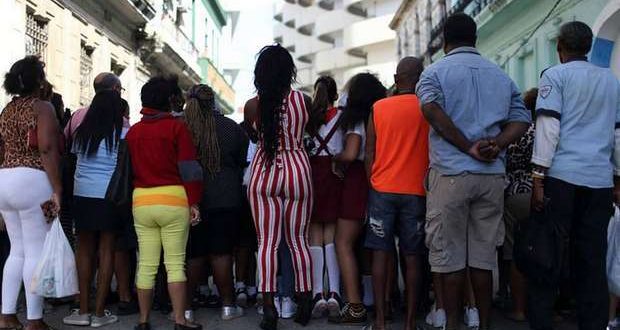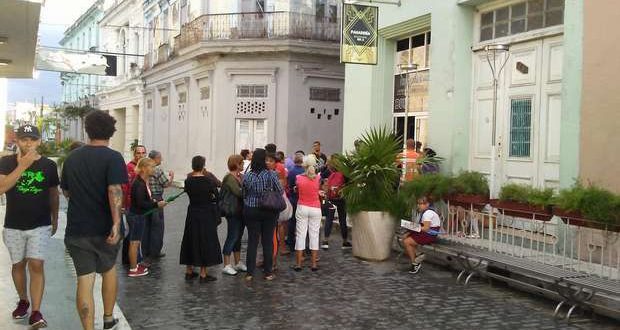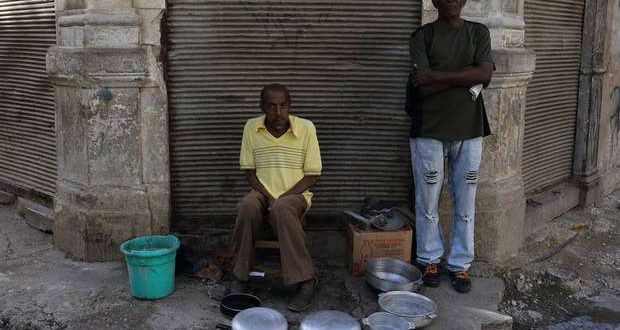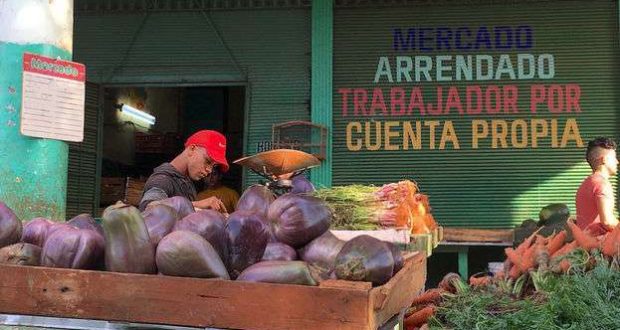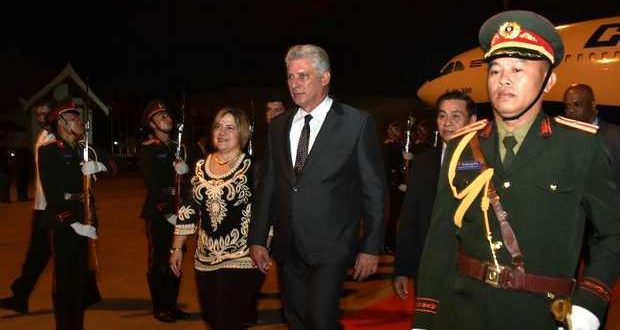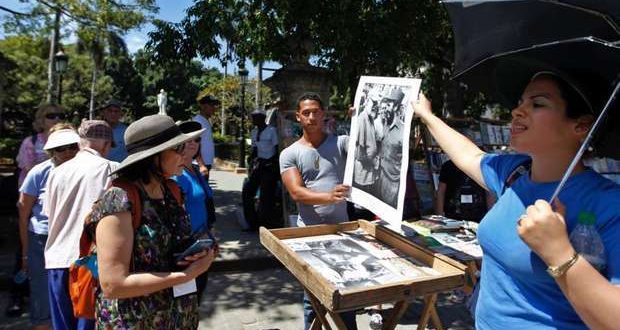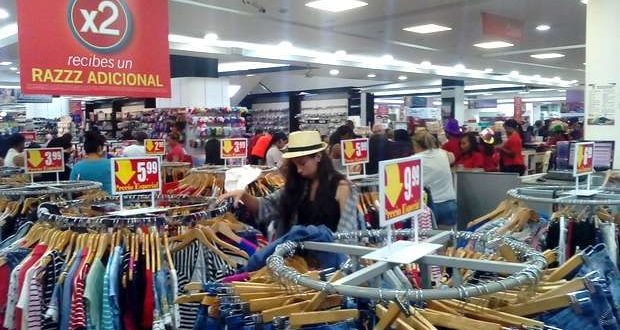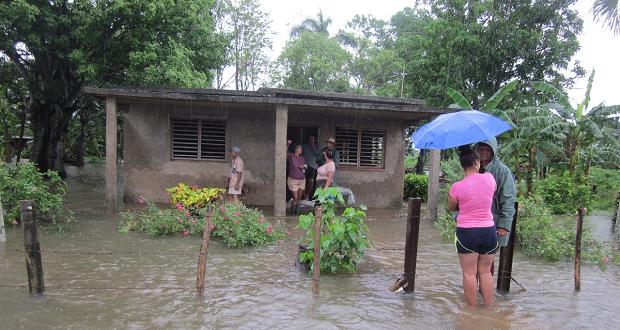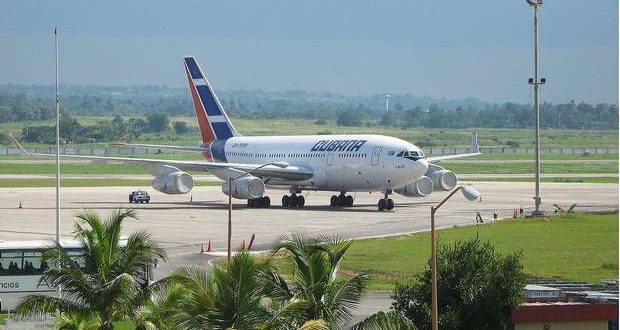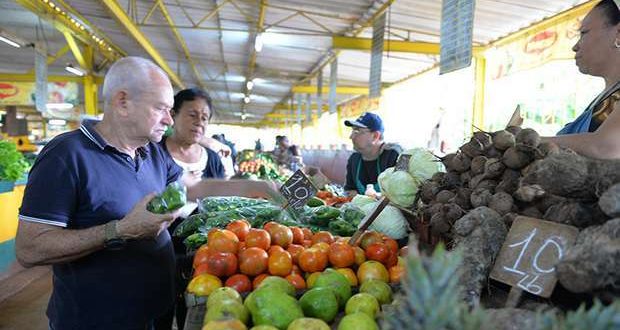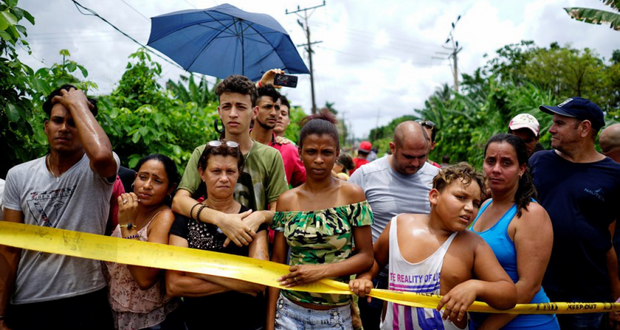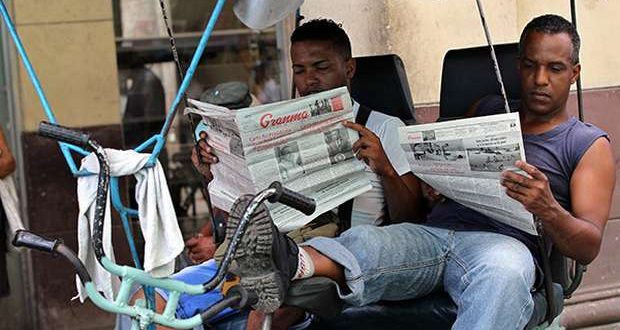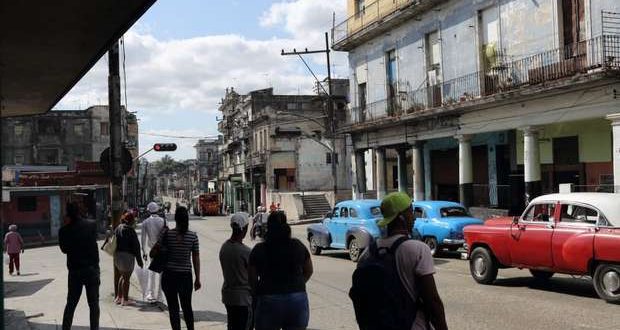
Iván García, 21 January 2019 — In the summer of 2008, behind a pigpen, in a miserable improvised wooden hovel in El Calvario, a town south of Havana, a 28-year-old attorney made a speech about the importance of the Cuban regime ratifying the International Treaty on Civil and Political Rights and the International Treaty on Economic, Social and Cultural Rights approved by the United Nations General Assembly in 1966.
A passionate lawyer, Laritza Diversent explained that since Minister of Foreign Relations Felipe Pérez Roque had signed these documents at UN Headquarters in New York, Cuba was obligated to ratify them and, thus, must comply and establish civil and political rights that would pave the way towards a future democracy.
Laritza had three powerful factors working against her: she was a woman, black, and poor. Moreover, she was the mother of a 10-year-old son. It was a feat that she had graduated as a lawyer, given such difficulties. The campaign she started was supported by various opposition groups. The dictatorship, in its arrogance, refused to ratify these treaties. continue reading
Independent lawyers like Laritza Diversent and Julio Ferrer did not desist in denouncing the arbitrariness of the legal apparatus, and opened an office, Cubalex, dedicated to advising hundreds of people whose rights the government transgressed. Diversent carved a successful path within the dissident movement in Cuba.
With immense patience, she prepared several workshops on legal information aimed at members of the opposition, activists and independent journalists. She participated in international forums denouncing the abuses of Castroism. Always documenting every abuse. In her testimonies she dismantled the veneer of apparent democracy that the island government likes to show off. And showed reality as it is. A hard and pure dictatorship.
Her legal knowledge made her a formidable enemy for the olive green special services of the autocracy. One morning in 2016 they dismantled the Cubalex legal advice office, imprisoned the lawyer Julio Ferrer and opened a punitive file on Laritza. The only door that remained open was that of exile. Currently she resides in Pennsylvania, but like many exiles, she continues to sleep with Cuba under her pillow. She is very active in social networks and thanks to new technologies, advises, from the distance, whoever asks her for help.
Lawyers like Laritza, Julio Ferrer and René Gómez Manzano, among others, have demonstrated the authentic apartheid erected by the Castro brothers against their people. Like the decree Law 217 of 1997, which prevents Cubans born in the eastern region from living in Havana. Or the regime’s violations of its own Constitution.
It is true that the peaceful opposition is divided and has not been able to reach ordinary people. But its capacity to denounce has influenced the brief economic reforms promoted by the regime of Raúl Castro.
Until 2008, no journalist of the official media, minister, nor reputed intellectual, publicly recognized that Cubans were second class citizens and could not stay in tourist centers, legally sell or buy a house or travel abroad without so many immigration controls. It was the members of the opposition and free journalists who always demanded those and other deeper openings in the economic, social and political fields.
Today, it is the opposition that demands a new Constitution, a Law of Laws that protects all currents of thought and recognizes political diversity, not the false Magna Carta that the government will implement in 2019.
It is the dissident movement that asks for greater economic freedom for private entrepreneurs, to repeal the absurd regulations that limit wealth, when what is at issue is to combat the poverty that increases every year in the country. It is they who demand democracy, tripartition of powers, freedom of expression, of the press and culture, and university autonomy.
If there is a revolutionary and progressive entity in Cuba, it is the opposition and the independent press.
We independent journalists are the ones who recount the transportation problems, the shortage of food, the hardships of retirees, the aspirations of the population, without makeup nor political slogans.
Nothing escapes us. In blogs and alternative sites is where you can read the stories of those who have no voice, be it an elderly person, a prostitute, a family without resources, a vulnerable community or a web of corruption.
In silence and without recognition, we continue writing. It seems as if no one listens to us. But the rulers are taking note. Fearing loss of power, they do not accept most of the requests, suggestions, or complaints. It is precisely the antagonistic forces that the regime has as a reference in order to know the state of opinion in the streets.
The state scribes spread the directives that come from above. They are part of the trained chorus that applauds a regime that sooner or later will have no choice but to initiate a democratic opening.
Translated by: Michael S Brown

